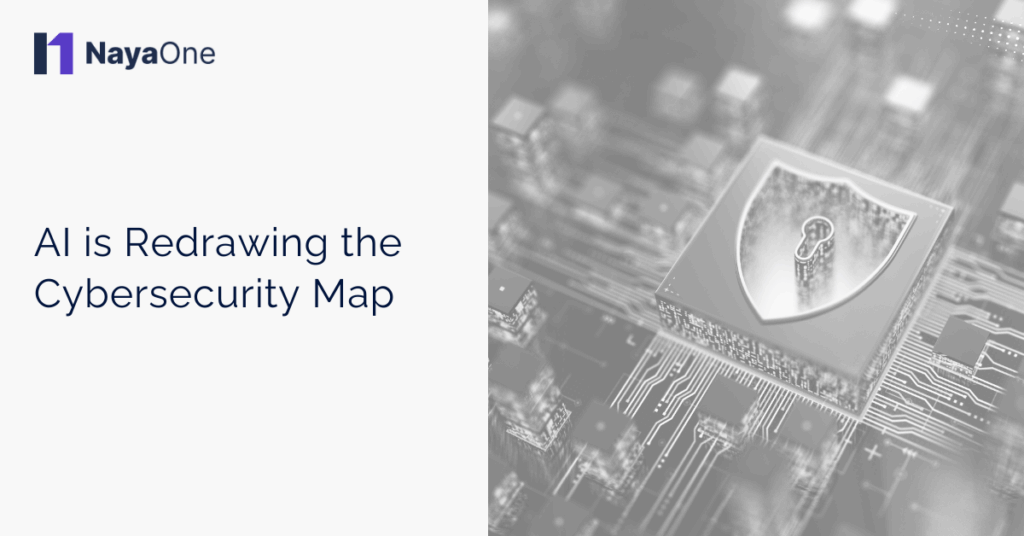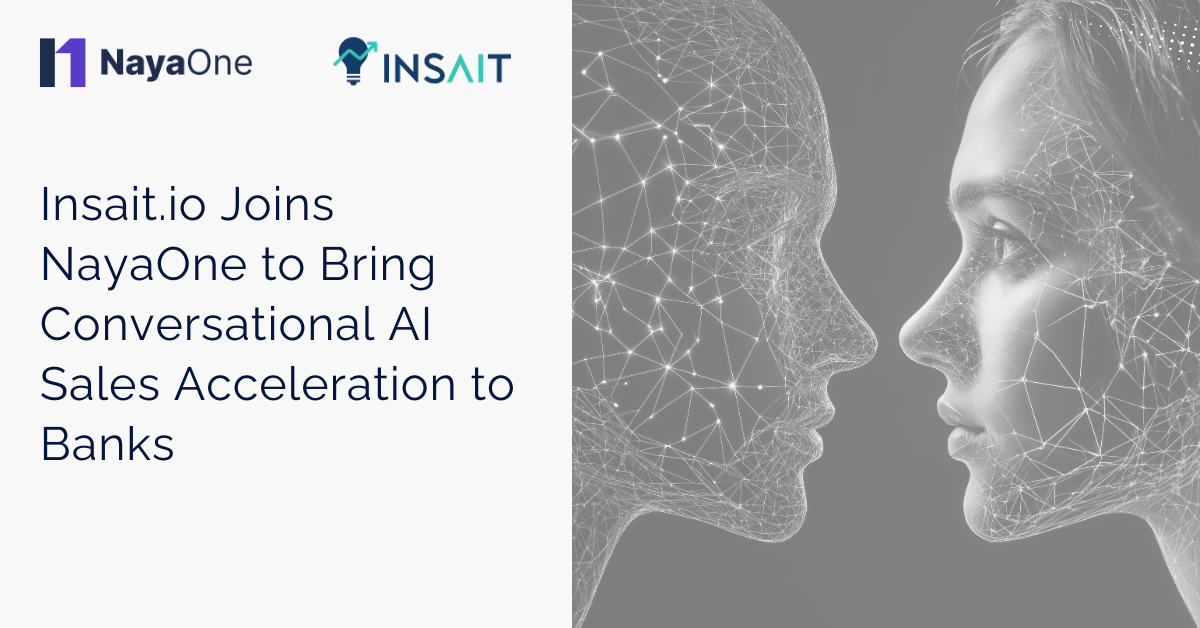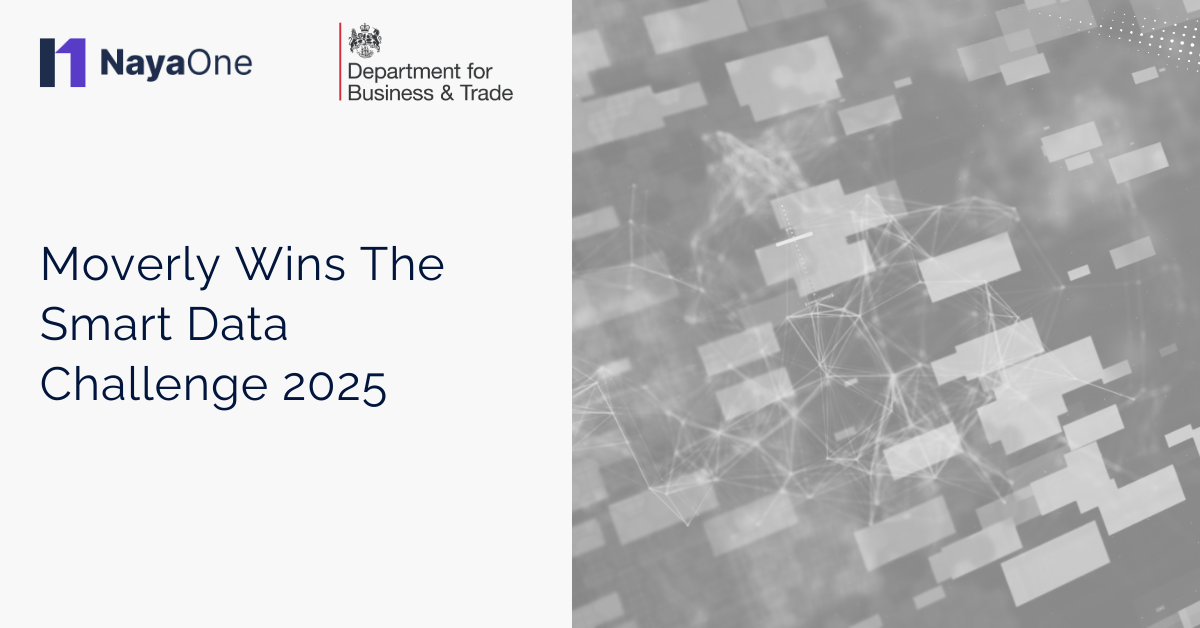AI is changing the shape of the cybersecurity landscape faster than most expected. Vendors are repositioning entire product lines around AI. Enterprises are racing to embed it into workflows. Investors are backing stealth companies at valuations that feel like early cloud days. But as we’ve seen in our conversations with CISOs, founders, and investors, the map looks very different once you cut through the noise. A few truths keep surfacing.
Identity: The New Frontline
CISOs rarely talk about malware or endpoints anymore. The conversations start - and often end - with identity.
- Compromised credentials and privilege sprawl are the top concern.
- Non-human identities (service accounts, APIs, AI agents) outnumber human users in many enterprises, and they’re often invisible to governance processes.
- CISOs are asking: how do we know which identities are overextended, and how do we shrink that risk?
What it Means
The new perimeter isn’t a firewall. It’s the set of identities that can access your systems. Detection and response around identity is becoming a must-have capability, not a nice-to-have add-on.
Security for AI: Protecting the New Infrastructure
PoCs around copilots and SOC automation are moving fast. But security leaders are increasingly uneasy about the other side of the equation: AI itself as an attack surface.
- Poisoned training data and model drift are showing up in RFP conversations.
- Enterprises are starting to ask for “AI security posture” reports in the same way they once asked for cloud compliance certifications.
- There’s recognition that traditional controls can’t keep up - security needs to be baked into the AI lifecycle.
What it Means
We’re entering a world where securing AI is as fundamental as securing cloud was a decade ago. Model scanning, robustness testing, runtime guardrails, and confidential AI techniques are not experimental add-ons; they’re becoming table stakes for regulated industries.
Agents: The Split Market
“Agents” has become a loaded term. We see the market splitting in two directions:
- Companies focused on securing agents - visibility, monitoring, governance.
- Companies deploying agents to replace or augment security operations - automated detection, triage, and response.
In both camps, we’re hearing the same tension from CISOs: excitement about speed and scale, matched by anxiety about oversight and accountability.
What it Means
Agents will be unavoidable in security architectures. The question isn’t whether to use them, but how to manage the risks they introduce while capitalising on the efficiencies they deliver.
Innovation Hotspots Reshaping the Map
Alongside identity, AI security, and agents, there are clusters of innovation where we’re seeing real momentum:
- Deepfake detection: Fraud teams are under pressure as cheap tools make voice and video impersonation trivial. AI-based detection is moving from “interesting demo” to budget line item.
- Ransomware resilience: Mid-market firms still prioritise prevention. Large enterprises are building resilience playbooks - isolate, recover, continue. AI is cutting through false positives.
- Application security: With AI-assisted coding, code volume is exploding. Security is shifting left into CI/CD pipelines and runtime monitoring.
- Zero Trust for OT/IIoT: Industrial systems are under siege. VPNs aren’t enough. Real-time, context-aware access control is now critical infrastructure.
- Data security platforms: The challenge isn’t just protection - it’s knowing where sensitive data lives and who can touch it. Context is the differentiator.
- Confidential computing: Once niche, now essential for healthcare, finance, and government workloads in multi-tenant clouds.
- Cloud security shift-left: Google’s acquisition of Wiz underscored a market-wide move from reactive monitoring to proactive configuration hardening.
- Supply chain security: Attacks through open-source libraries and images are growing. Verification and provenance are rising priorities.
The Map Ahead
When you zoom out, the next decade of cybersecurity looks less like incremental innovation and more like an architectural rewrite:
- Identity as the core control point - human and non-human alike.
- AI as both opportunity and liability - powerful, but fragile if unsecured.
- Agents as amplifiers - forcing enterprises to rethink governance and accountability.
- Resilience as strategy - moving from prevention-only to recovery-ready architectures.
What we’re seeing is a market at an inflection point. The hype cycles are loud, but the structural changes are louder. The winners will be the ones who build for this new map: preventive, contextual, resilient, and AI-native.
At NayaOne, we help enterprises cut through the noise by running secure, structured proof-of-concepts with the next generation of cybersecurity vendors - from AI security posture tools to deepfake detection and resilience platforms - so you can validate what really works before you buy.





